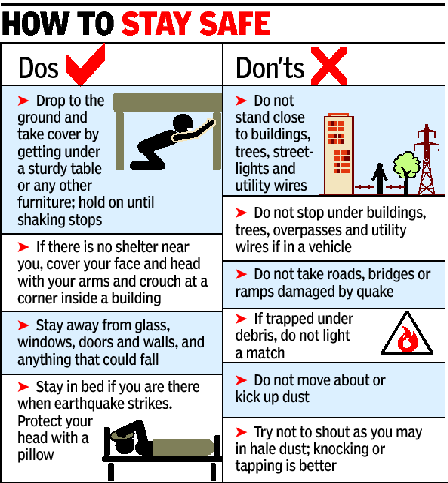Earthquake in Pakistan
Pakistan’s capital Islamabad was jolted by midnight earthquakes having magnitude of 5.1 on the Richter scale on 25th July. Local residents reported tremors lasting for about 20-30 seconds at 1:59 am local time (02:09 am IST)
The tremor struck at a relatively shallow depth of 26 kilometers, according to the United States Geological Survey (USGS), with the epicenter located 15 kilometers (nine miles) to the northeast of Islamabad.
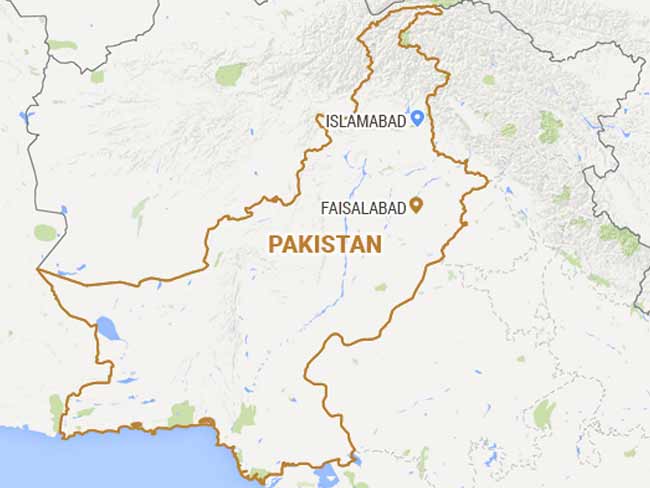
Thankfully, no loss of life has been reported to date.
It’s been exactly 3 months, since on April 25 this year Nepal was ravaged by an earthquake wherein the death toll reached 8,800 people while 6,00,000 people were left homeless. Nepal is still reeling to get back on its feet since this natural calamity took away lives, homes and livelihood of crores of people.
The Seismologists’ Dilemma
It is a fact that seismologists’ had predicted this will happen. It is also a fact that neither a scientist nor anyone else could have foretold when it would happen. The last big ‘quake to hit Kathmandu had been 80 years ago and thus, geologists had warned that this one had been long due. Both of these earthquakes had been expected, in a sense of the word. The terrifying fact about earthquake prediction is that every geologist, geophysicist worth his trade is aware where the pressure is intensely built up, but no one can say exactly when or where these ‘breaks’ will emerge in the fault plane (a fault line is what we see when such a break emerges from the ground).
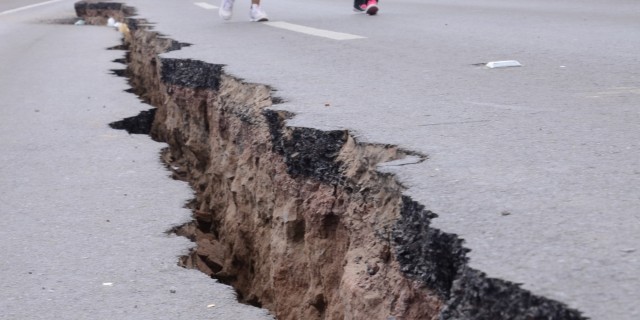
Different Identities, Shared Geography
The language, the religion, the nationalities might be different for Pakistan and Nepal from India. There might be a difference of heaven and hell in these countries’ political standpoint, yet it is a fact that we are sitting on the same piece of land as they are. We are separated only by a string of barbed wires and intangible human thoughts. The earth and the tremors that rock the earth that we all sit on are very real and powerful. Thus, this Saturday’s Pakistan earthquake has been a second warning bell for India that must not fall on deaf ears.
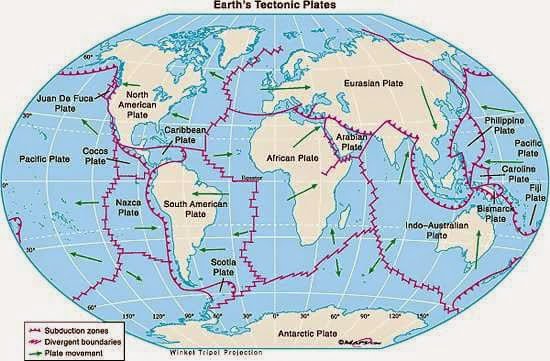
A Ticking Time Bomb
Earthquakes release pent up energy, the energy that is stored within the lock of two different tectonic plates. These plates move against each other. It is known that the Indian plate is slowly but surely moving against and sliding against the Indian plate like 18 millimeters annually on an average. This is why Himalayas exist and they are still growing and shooting upwards each passing day.
This movement loads up some of its energy into earthquake faults, which extend on a line from east to west, and the process is much like loading energy in a spring. And every so often that energy is released in snap, resulting in an earthquake. Also, it had been known that the Nepal quake or even its after-quakes had not released all the pent up energy. There were yet more to come. The Pakistan shocks this weekend was all but a trailer of the horror show yet to come.
Simply said, we are all sitting atop of a geological time bomb.
A Stitch in Time Saves Nine!
As the saying goes “A stitch in time saves nine.” There isn’t much we can do about earthquakes, except prepare. A country like Japan is hit by tremors recording 7.5 on Richters scale on an on and off basis yet no loss of life and property is recorded. This is because of meticulous planning and implementation of building codes. India has a good range of seismic codes covering a variety of structures, the cities still fall in the high-risk category because there is no robust mechanism that implements these codes — the National Building Code 2005, Master Plan of Delhi 2021, Vulnerability Atlas 2006, and building bylaws — in constructions.
Well, despair is never a choice and neither is playing around the blame game. We are sitting atop a seismic hotbed and we better build ourselves shelter that won’t crumble on top of our heads. The need of the hour is that all new construction be structurally engineered to withstand an earthquake. The older ones need to be retrofitted as per the available techniques. Resident welfare associations need to take up this matter. Also, I must mention that high rise buildings with hollow ground floor for parking space or commercial stores are especially dangerous.
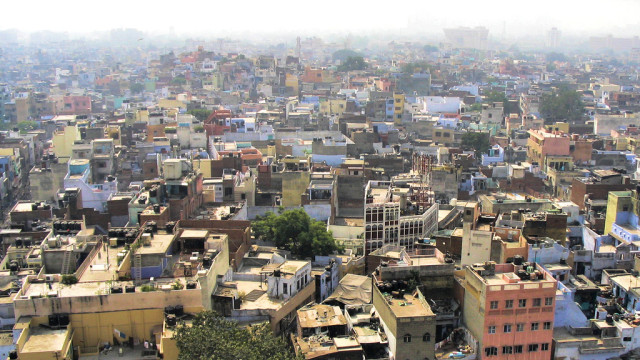
And as the doomsayers seismologists have been shouting themselves hoarse over the last half a century is that earthquakes don’t kill people; buildings kill people. So, we really can’t call it a natural disaster. Sure the trigger might have been natural yet the shoddily constructed buildings have been anything but an instrument of mass destruction in the past.
As the Uttarakhand State Government installed India’s first Earthquake Warning System (EWS) in districts of Dehradun, Chamoli and this week at Pithoragarh and Uttarkashi, it will make all the difference between survival or death of thousands of people. This system gives a 1-40 seconds advance warning for quakes of magnitude 5 and above. It is a welcome step and must be replicated for all cities and metropolitans falling under the high risk zones.
